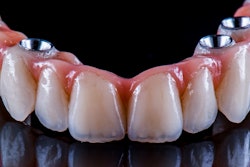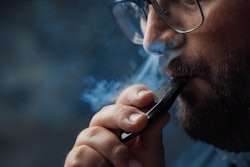This week, Dr. Doug Smail returns with another clinical tip courtesy of CDOCS that is sure to help when it comes to dental implants.
We know you're busy, so providing these quick tips from Dr. Smail and other key opinion leaders who can help you improve your dental skills and harness your potential each week is important on many levels. Learn more about CDOCS, including their hands-on workshops.
Video transcript
"Now, when you have a patient in for an implant guide consult, it's important that your staff understands which guide workflow you're going to use so they can make the best use of your time and your patient's time.
"So in doing so, they're going to need to understand, is this going to be an opti-guide workflow, a classic guide workflow, or a CEREC 2 or 3 guide workflow? And to do that, they're going to need to answer three basic questions.
"The first question is, is there a large edentulous space present? Because if there is, right away, you know you're going to need a barium Essex or barium denture with a classic guide.
"No. 2: Are the remaining teeth restored to porcelain-fused to metal crowns? In this case, all three crowns that you see are porcelain fused to metal, and there's an implant, so you know you're going to get a lot of metal scatter on the cone beam and not be able to get a good SSI merge. So what are you going to need? You're going to need the sci-cap plate and Futar Scan material, and you're going to be making a classic guide.
"Now question No. 3: Are there four or more teeth present? In this case, we're doing an immediate implant on tooth #11. Great, we have plenty of teeth, because you need four teeth for guide stability. You also need four teeth to be able to merge that SSI file into the cone beam. And I hope this really helps you understand which surgical guide workflow to use."



















